IELTS Writing Task 2 Topic: In some countries at secondary or high school
Table of Contents

Limited-Time Offer : Access a FREE 10-Day IELTS Study Plan!
In some countries at secondary or high school, there may be two streams of study: academic or vocational. What are the advantages for students and society of putting students into two streams at the age of fifteen?
Outline
Essay Type
Direct question essay
Introduction
- Paraphrase the topic of the essay- Choices made in high school determine the future of students. So a careful analysis is required before opting for one. Some people think that students should focus only on job oriented training which is also called vocational. In contrast, others argue that they should study a broad range of subjects called Academic, which will enable them to face the future with confidence.
- Clearly state what can be expected from the essay.
Body
- Paragraph 1- When choosing the Academic stream, a student is exposed to a variety of subjects ranging from Languages to Arithmetic and Science. It caters to the all-round development of the student.
- By choosing the Academic stream, the student is laying a strong foundation for language. Additionally, the student will be given time to research and make presentations. The student would have acquired a sound theoretical knowledge.
- Paragraph 2- On the other hand, vocational streams offer practical, hands-on experience to students. They get trained in their respective fields thoroughly.
- The experience thus gained makes life easier for them at the workplace. Since they have acquired all the skills, while studying, they don’t need additional training at work. So they are highly preferred by the industry.
Conclusion
Conclude the topic of the essay by giving an inference about the essay written.
Sample Essay
Choices made in high school determine the future of students. So a careful analysis is required before opting for one. Some people think that students should focus only on job oriented training which is also called vocational. In contrast, others argue that they should study a broad range of subjects called Academic, which will enable them to face the future with confidence. There are advantages in choosing both streams of study. In the coming sections, this essay will discuss the same.
When choosing the Academic stream, a student is exposed to a variety of subjects ranging from Languages to Arithmetic and Science. It caters to the all-round development of the student. For example, almost all foreign institutions have made English language requirements mandatory. By choosing the Academic stream, the student is laying a strong foundation for language. Additionally, the student will be given time to research and make presentations. The student would have acquired a sound theoretical knowledge.
On the other hand, vocational streams offer practical, hands-on experience to students. They get trained in their respective fields thoroughly. For example, a student of electronics will have to do assignments/projects related to his work to demonstrate his understanding. The experience thus gained makes life easier for them at the workplace. Since they have acquired all the skills, while studying, they don’t need additional training at work. So they are highly preferred by the industry.
In conclusion, both streams are equally promising and open pathways to a bright future. The academic stream, with its expansive knowledge base and the vocational stream with its industry-targeted learning, are fairly competent in guaranteeing a good career.
Band 9 Sample Essay
Unlock Essay
Signup/login to unlock band 9 essay and ace the IELTS
There has always been a varied and distinct perspective of people when it comes to the schooling and education of students. Some side with academic subjects and say that it should be more accentuated while others contend that vocational subjects should be more stressed on. However, it is always advantageous to have a confluence of both of them to bolster students’ career as well as their personalities. In the paragraphs to follow, I shall be elucidating the same.
When it comes to academic subjects, it makes one thoroughly equipped with the knowledge and theories of multiple disciplines and various domains. Not only do they make one fully furnished with regards to the grades and shades of the essence of these aspects but they also help a student know about the applicability and reasoning for various phenomena or the processes for that matter. To cite an example, an individual knowing about the Bicameral legislature in the Indian polity would come to understand the existence of the Lok Sabha and the Rajya Sabha. Similarly, for one, coming across a monument shall know about the entire chronicle and episodes in the past that lead to the construction of such monuments. Academic subjects, therefore, add essence to an object or a process that otherwise without having any cognizance of, holds no value to the eyes of the people seeing them.
Now, talking about the veracity of having vocational subjects in high school, it is yet another quintessential stream when it comes to making one aware of the know-how of a practical aspect of the domain one wants to step into for employment. Such subjects make students competent and fairly resilient to the loads and weight of starting from scratch whilst being in a university or looking around for a job to earn their daily bread. For instance, someone wanting to go for an architectural course wouldn’t have to undergo the rigmarole and hullabaloo of getting to know about the domain they have chosen to get going with for their employment and, therefore, helping them make an informed decision before choosing the same in their later stages of life and therefore, diminution in productivity and wasting time. Moreover, these subjects make the students well prepared for their future endeavours as far as their employment is concerned.
Conclusively, it could hence be said that, where academic subjects, on the one hand, make an individual more acknowledged and informed, vocational subjects, on the other hand, set a prelude and preface to their career as well as culminating their passion into a profession by molding them to a domain choice well in advance. Hence, clearly fostering both the streams are very essential in the curricula of students.
More Writing Task 2 Essay Topics
- The Planet’s Population Is Reaching Unsustainable Levels
- International Sporting Occasions Are Essential In Easing International Tensions
- Some People Say That In All Levels Of Education
- Too Much Emphasis Is Placed On Testing These Days
- The World’s Natural Resources Are Consumed At An Ever-Increasing Rate
Practice IELTS Writing Task 2 based on Essay types

Start Preparing for IELTS: Get Your 10-Day Study Plan Today!
Explore other Advantage Disadvantage Essays
Recent Articles
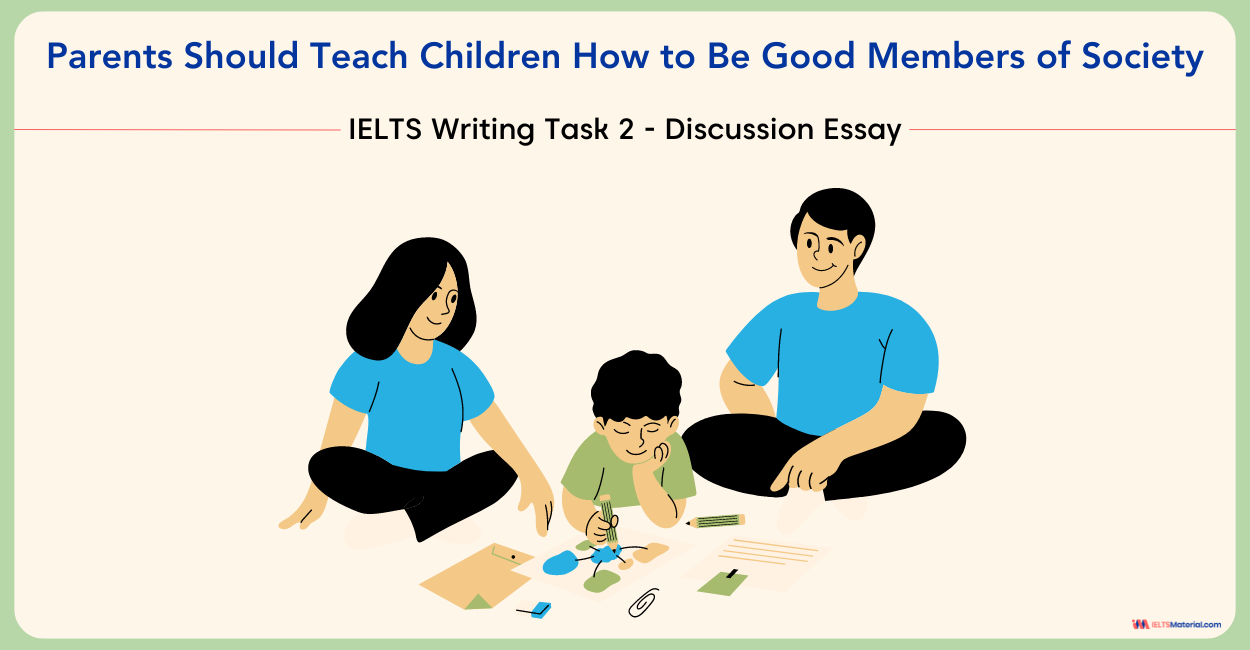
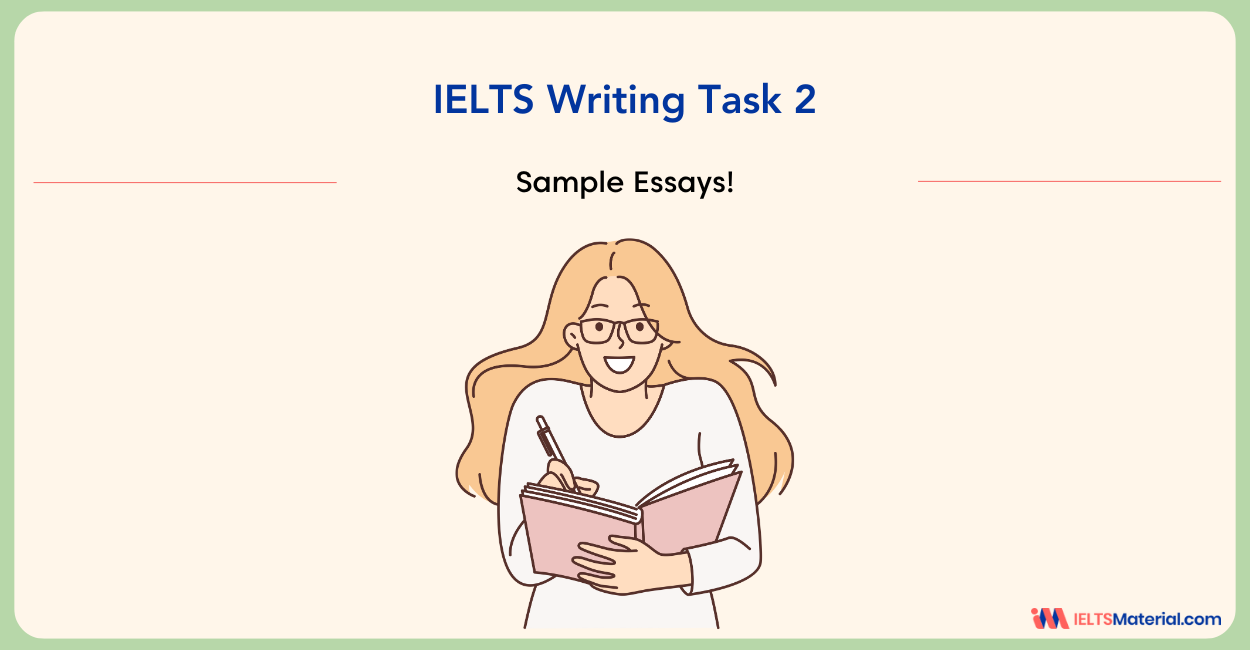
Raajdeep Saha
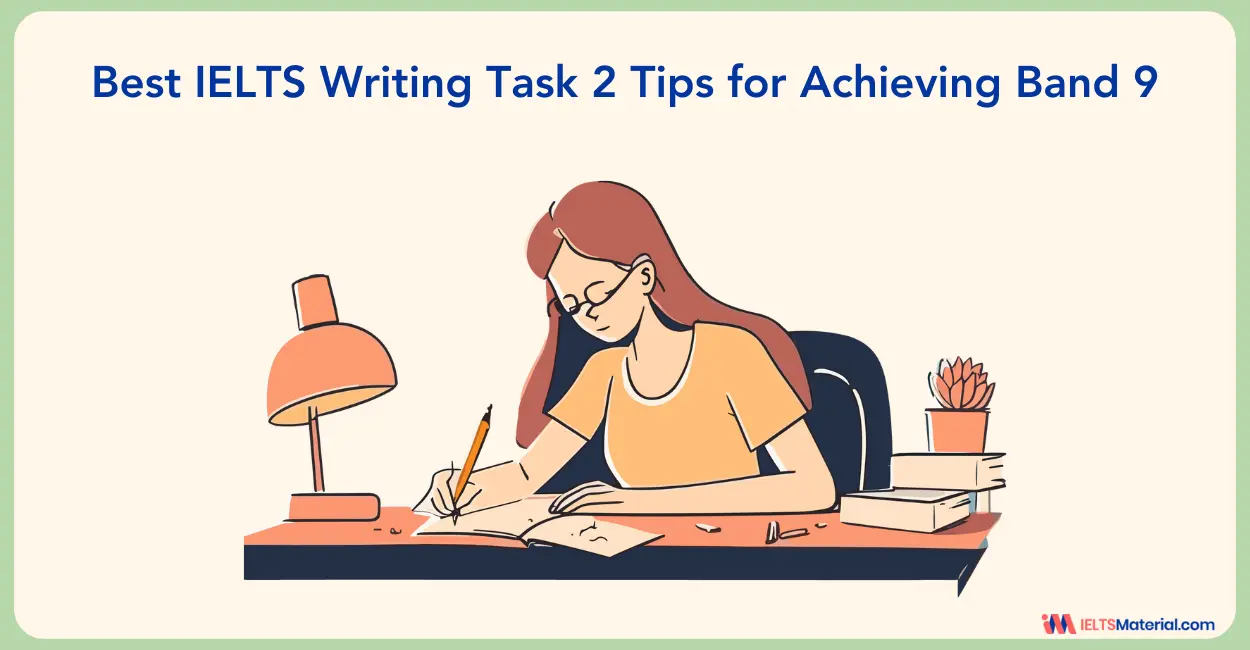
Kasturika Samanta
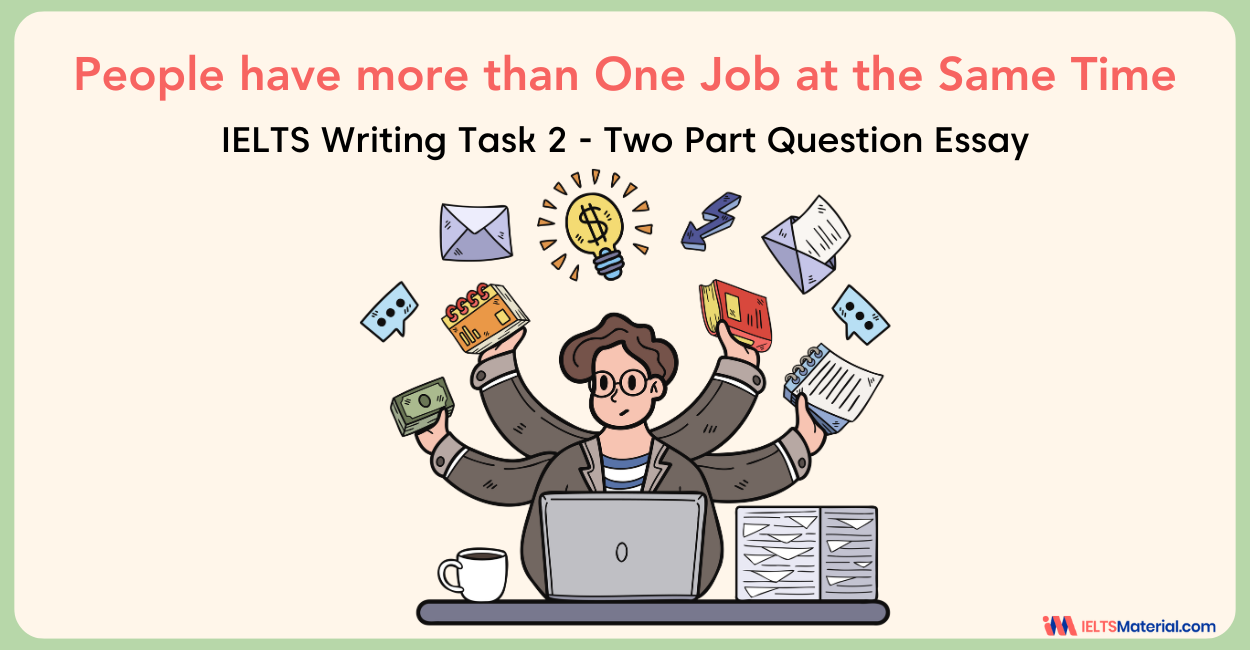
Akanksha Tripathi
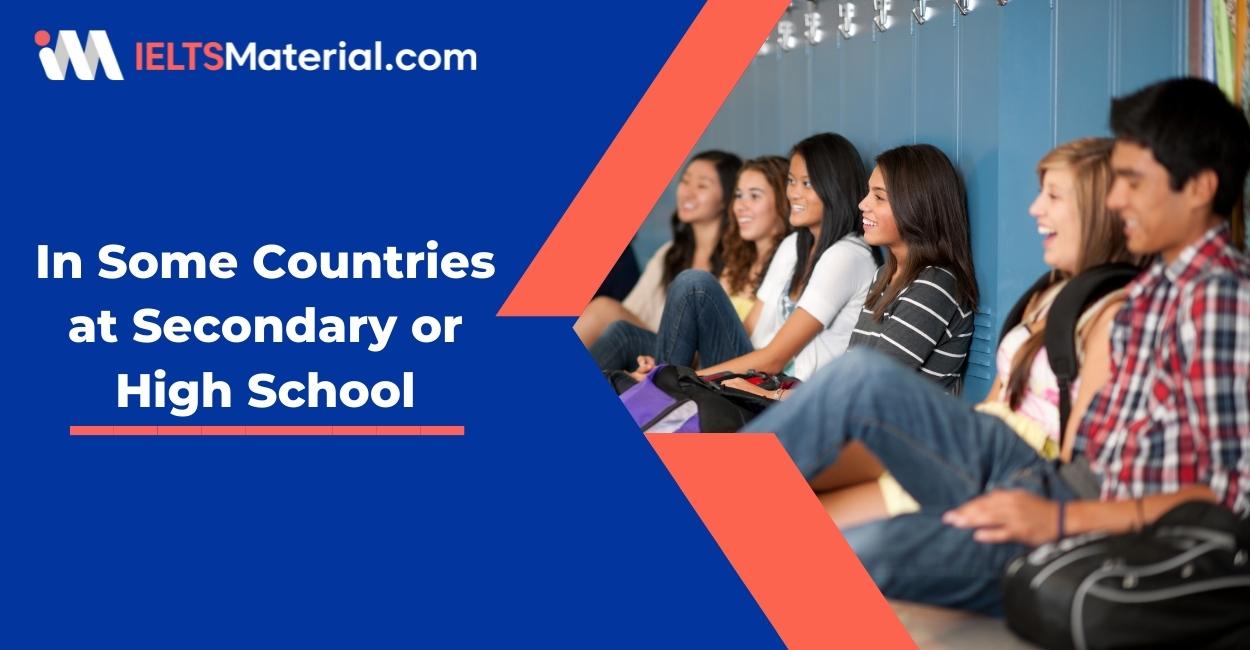

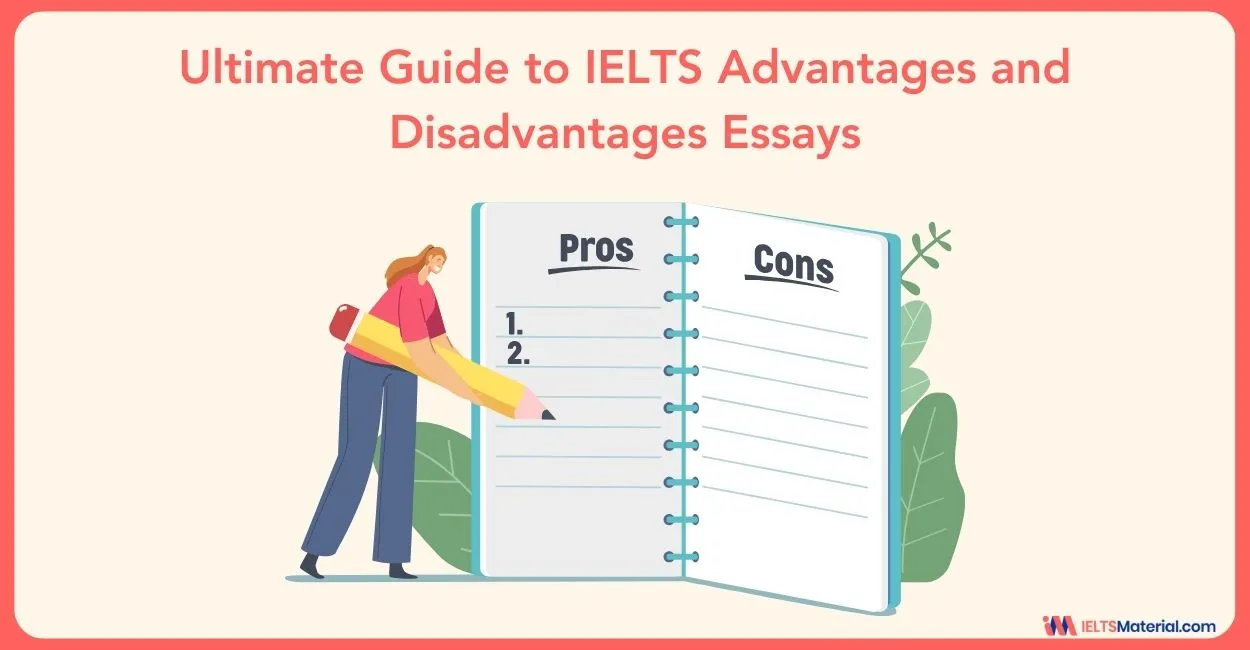
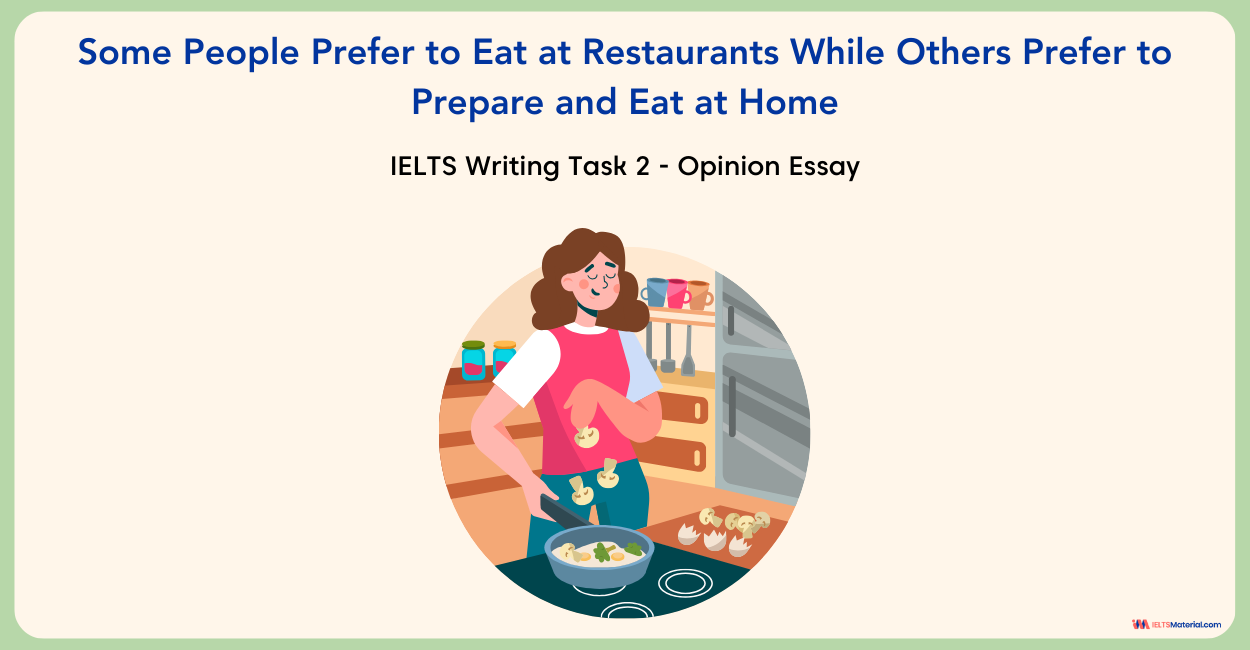
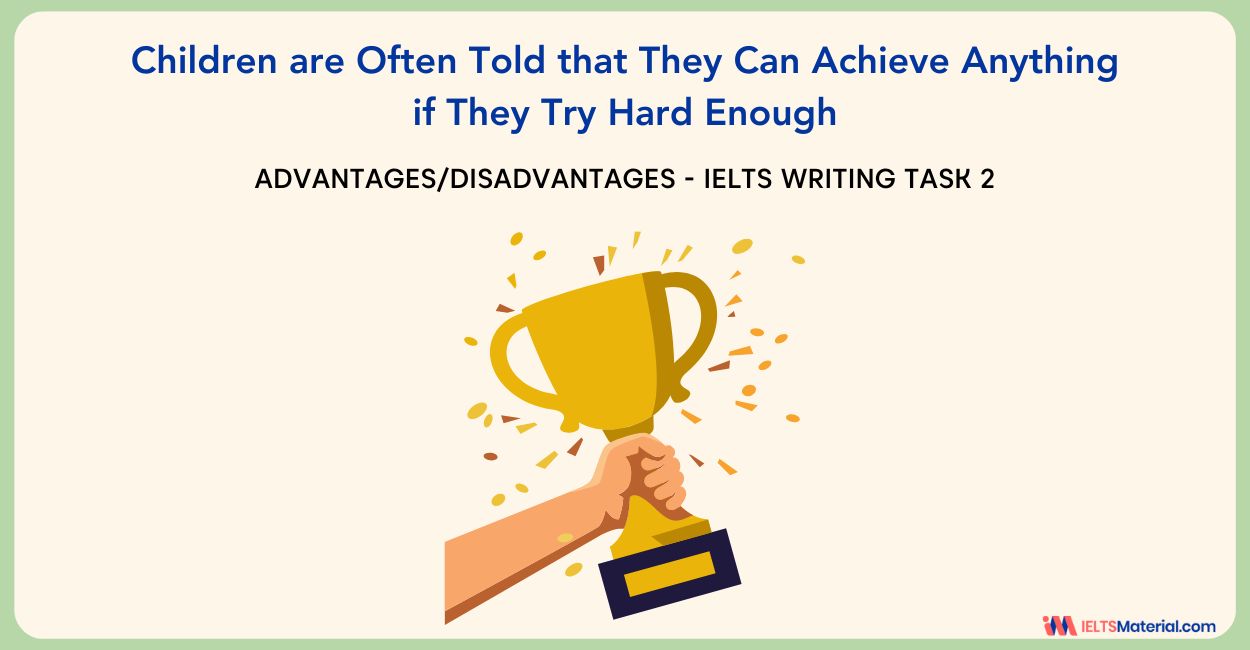



Post your Comments